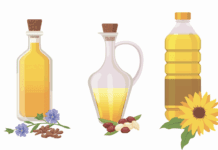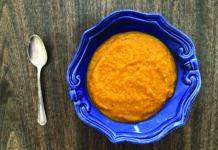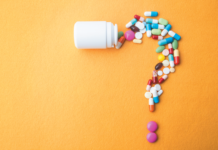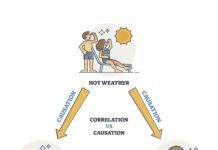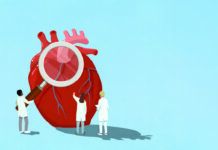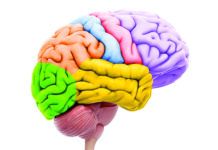Answer : A Introduced in 1981, the glycemic index (GI) measures how rapidly a food causes blood sugar to rise, compared to the effects of ingesting glucose (sugar). Low-GI foods, such as lentils, soybeans and many whole grains, tend to be low in sugars and starches, but these arent the only factors affecting glycemic index. High-GI foods, such as white bread and potatoes, are typically high in sugars and starches, and prompt a rapid surge in blood sugar when eaten. The related term glycemic load (GL) takes into account serving sizes and the different amounts of car- bohydrates per serving. For example, although watermelon and white bread have a similar glycemic index-about 72-the glycemic load of white bread, at 10, is two and a half times that of watermelon.
Measurements of GI and GL can vary depending on whos doing the testing, and studies have shown that the actual effects of foods on blood sugar vary by individuals. One Tufts study, for example, compared the glyce- mic effects of 50 grams of white bread on 23 healthy adults. Among those who completed three sets of identical tests, the average GI was 78 for the frst test, 60 for the second and 75 for the third. Values varied 17.8% between individuals and 42.8% within individual scores from one test to another.
With those caveats, the experts we asked consider a table of more than 750 foods published in the January 2002 American Journal of Clinical Nutrition www.ajcn.org/ content/76/1/5.abstract?sid=ee7f6cf9-7964- 45d5-989e-e53f03f2d427the most defnitive source of glycemic index and glycemic load data.
Tufts research about the glycemic load and weight loss has had mostly disappoint- ing results. Ultimately, calories are the most important factor in weight loss. There is some evidence, however, that glycemic index may be a factor in protecting your vision. For more on glycemic index, see our March 2009 Special Report.



